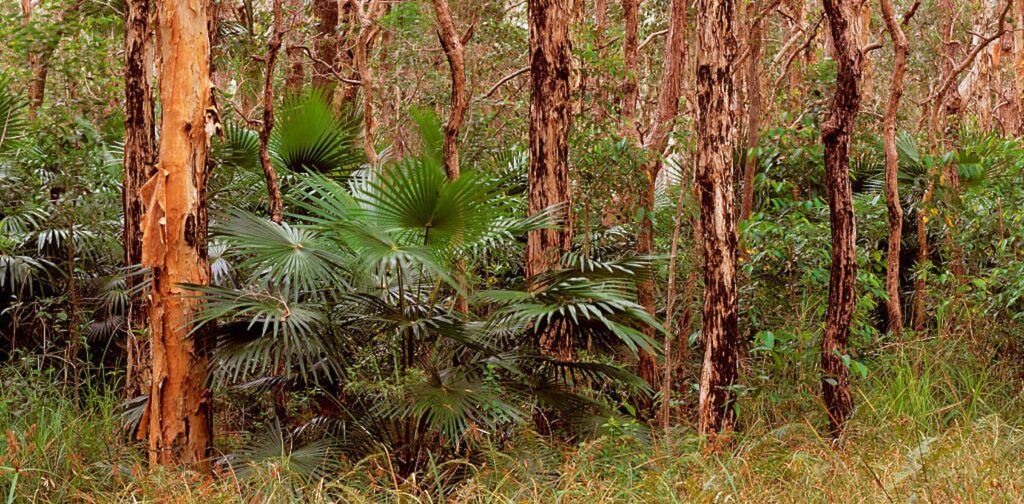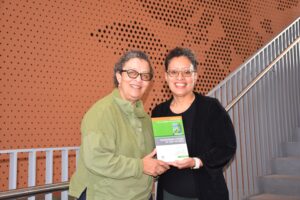
When picturing palm trees, one might envision tropical paradises, yet these plants are far more diverse than commonly perceived. With approximately 180 genera and over 2,000 species, palms thrive predominantly in tropical climates. Among these, Australia boasts at least 50 native species, including the remarkable cabbage tree palm, Livistona australis.
This slender palm can grow over 25 meters tall, with a stem diameter ranging from 25 to 35 centimeters. Its habitat stretches along the Australian east coast, from southern Queensland to nearly Orbost in Victoria, making it the only native palm in Victoria.
Strength and Beauty
The cabbage tree palm’s stem features intricate patterning from old leaf bases, contributing to its structural strength. However, any damage to the stem is permanent, as the palm cannot heal itself. This vulnerability underscores the importance of handling these palms with care.
Its fan-shaped leaves, measuring 10 to 30 centimeters, extend from petioles that can reach up to 2 meters. The palm’s small white flowers grow on panicles, which can be up to 1.5 meters long. Meanwhile, the fruits transition from red to black as they ripen, ready for propagation.
Young palms may exhibit prickles at the leaf bases, a protective trait common among palms. Despite being moderately frost-sensitive, mature cabbage tree palms are resilient, drought-tolerant, and thrive in full sun.
In natural settings, dead leaves serve as crucial nesting and feeding sites for birds and small mammals. However, in urban areas, they may harbor possums and rodents. Although the dead leaves can burn intensely during bushfires, the palms are moderately fire-resistant, often recovering quickly as evidenced in regions like Mallacoota after the 2019–20 fires.
A Useful Plant
The cabbage tree palm has a rich history of human use. Indigenous Australians utilized its leaves for basket-weaving, its fibers for making twines and ropes, and its young leaves, which are sweet, were boiled and consumed. The palm’s fruits, although tough, are edible when cooked, and parts of the stem can be eaten as “heart of the palm.”
Historically, early European settlers crafted protective sun hats from the palm’s fibers, known as cabbage tree hats. The palm’s fibrous stem is highly flexible, allowing it to withstand strong winds by bending rather than breaking.
However, the shallow, dense root systems of cabbage tree palms make them easy to transplant, posing a risk to natural populations if harvested without regulation. Proper removal involves cutting below the stem and severing the larger roots, which can number ten or more.
Patience is a Virtue
The growth of Livistona australis is a testament to nature’s patience. These palms can take between 20 and 60 years to develop a proper stem, and some are estimated to be nearly 400 years old. This slow growth reflects the longer time scales over which trees operate compared to humans.
For those cultivating cabbage tree palms, patience is essential. The plant’s longevity and resilience make it a remarkable symbol of endurance in the Australian landscape.
As interest in native species and sustainable gardening grows, the cabbage tree palm stands out not only for its ecological importance but also for its historical and cultural significance.





